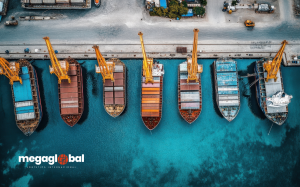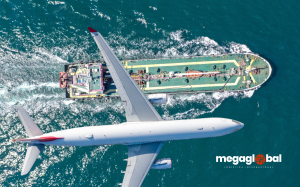The key changes reshaping how companies import and export this year
Every year brings new shifts for those who move goods across borders, and 2025 is no different. From nearshoring strategies to advances in digital tools, staying up to date on the latest logistics trends is essential for any business competing globally. Here are four key developments transforming the way international logistics works—and why they matter to your operations.
1. Nearshoring: moving production closer to demand
Companies are moving manufacturing and sourcing operations closer to their final markets to reduce time, costs, and risk. This shift is changing import/export flows and increasing the importance of regional suppliers, especially in Latin America.
2. Digital transformation: tech as a logistics ally
Technology isn’t just an upgrade—it’s becoming essential. Automated quotes, live tracking, AI-driven data analysis, and digital supply chain platforms are redefining efficiency and decision-making.
3. Sustainable logistics: reducing the environmental footprint
Sustainability isn’t optional anymore. Eco-conscious packaging, intermodal freight solutions, and energy-efficient operations are being adopted to meet regulatory demands and consumer expectations.
4. Flexibility: adapting to change faster
Disruptions are inevitable. Businesses are now building flexibility into their logistics—from diversified transport options to dynamic contracts—so they can respond faster and smarter when the unexpected happens.
Understanding these trends helps you make smarter choices and stay ahead of change. Share this article with your logistics team and explore how these shifts might affect your business.
#LogisticsTrends #SupplyChain2025 #InternationalLogistics #GlobalTrade #Nearshoring #DigitalLogistics #SustainableLogistics #RiskManagement #MegaglobalBlog #Megaglobal #Blog #InternationalLogistics #CargoTransport #MaritimeTransport #AirTransport #LandTransport #CustomsManagement







